Monroe County jail update: Roof repairs, other building maintenance in the works
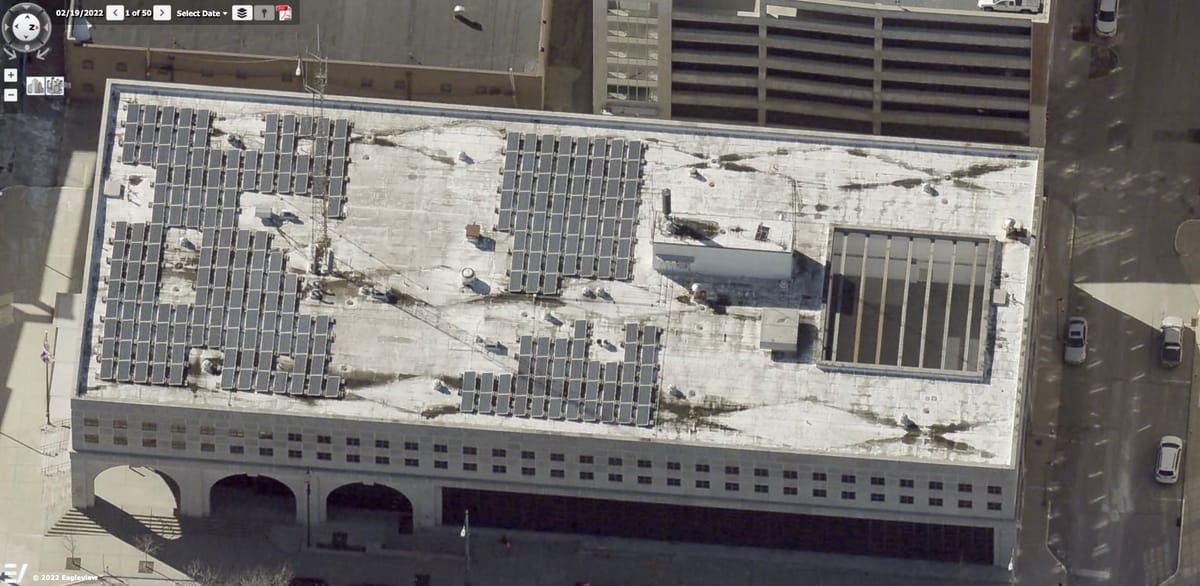
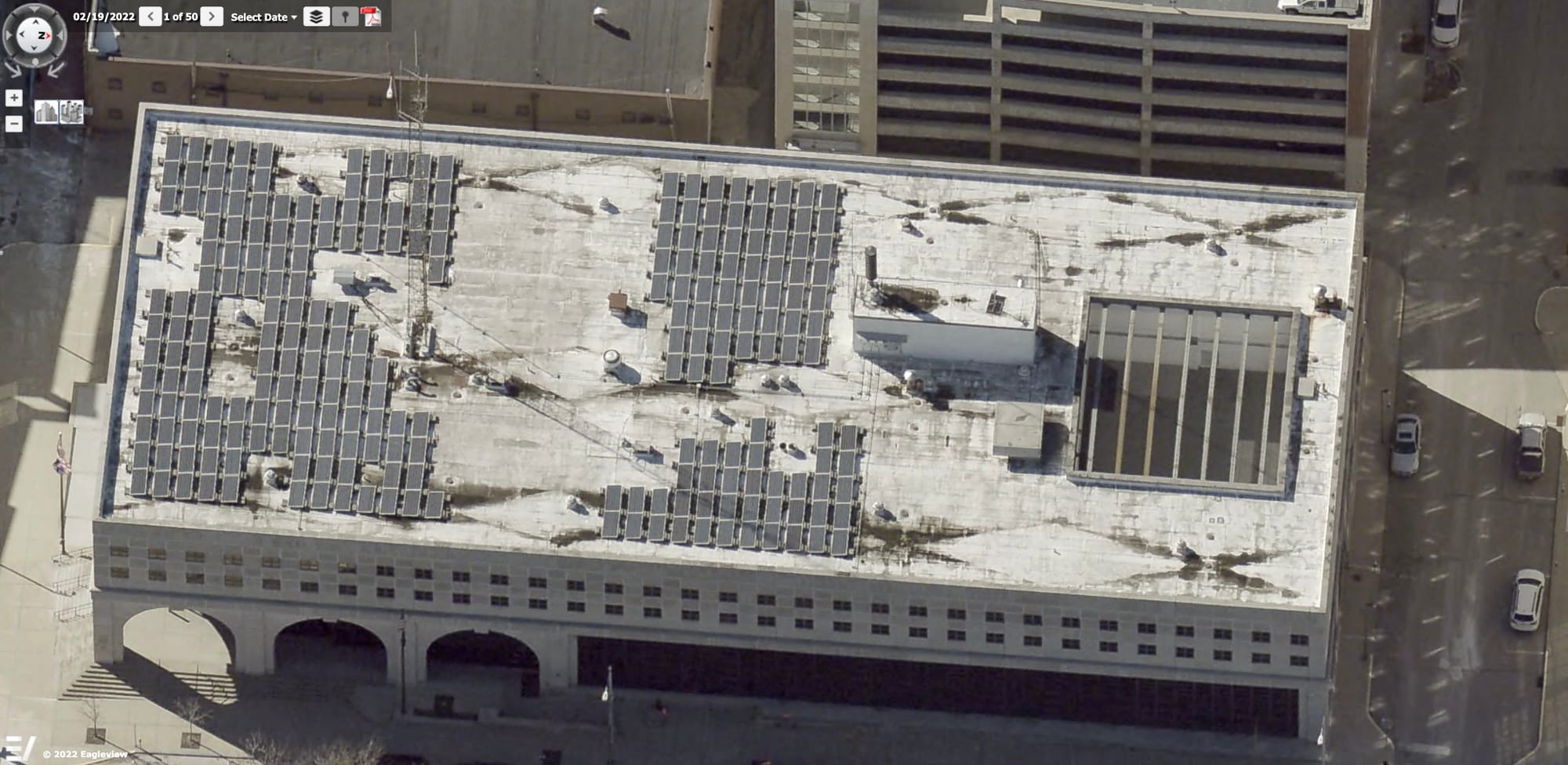
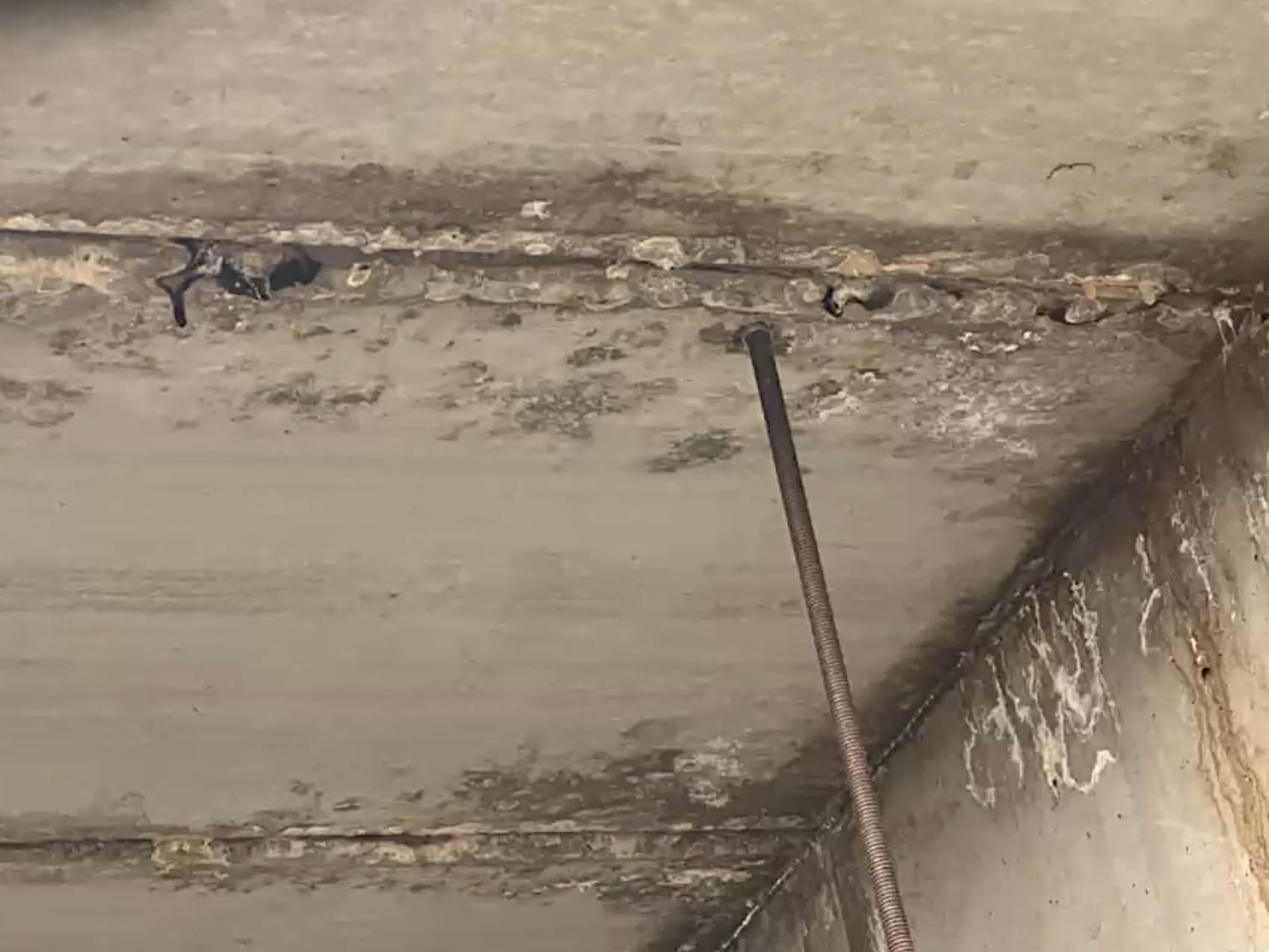
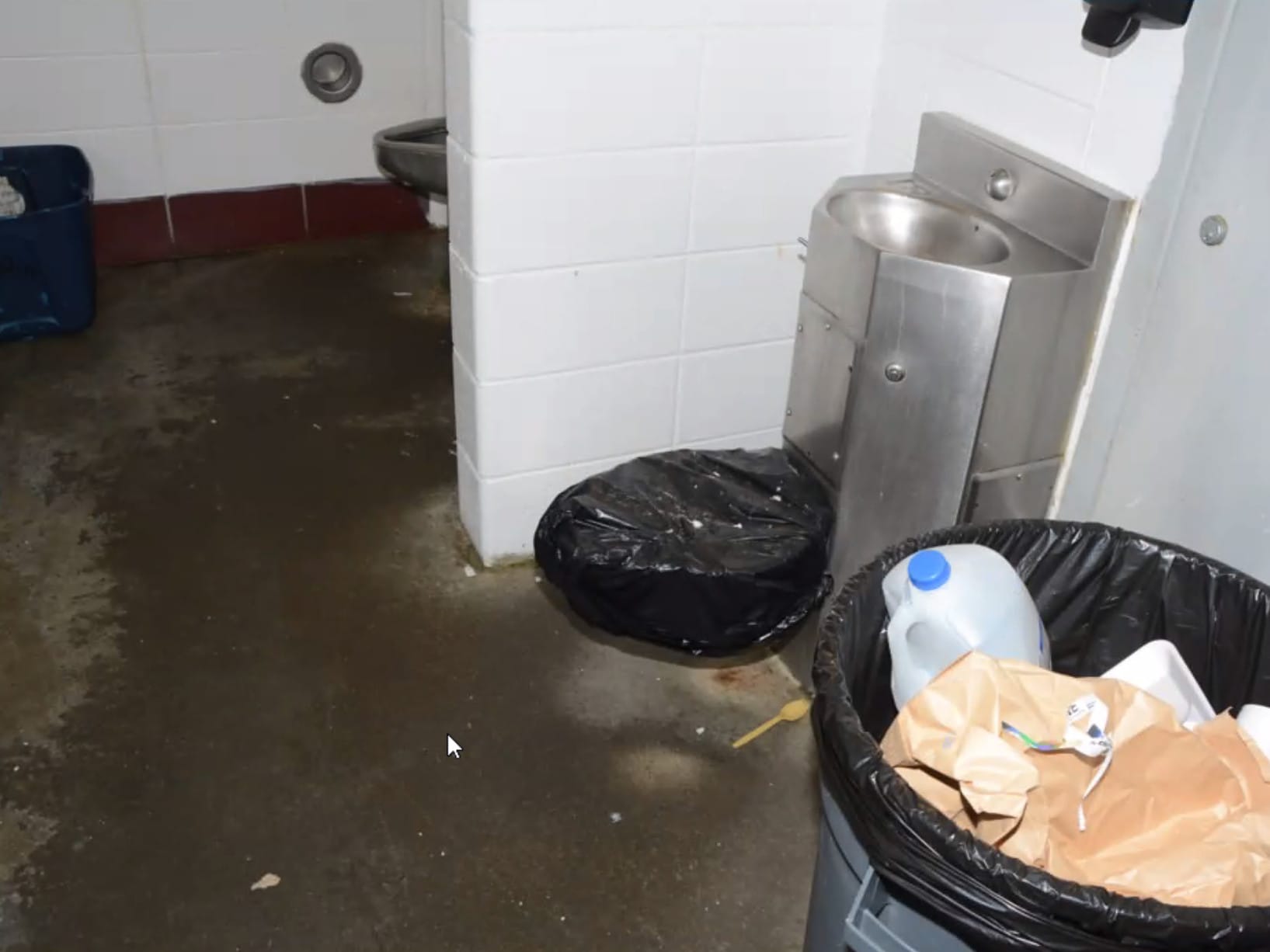
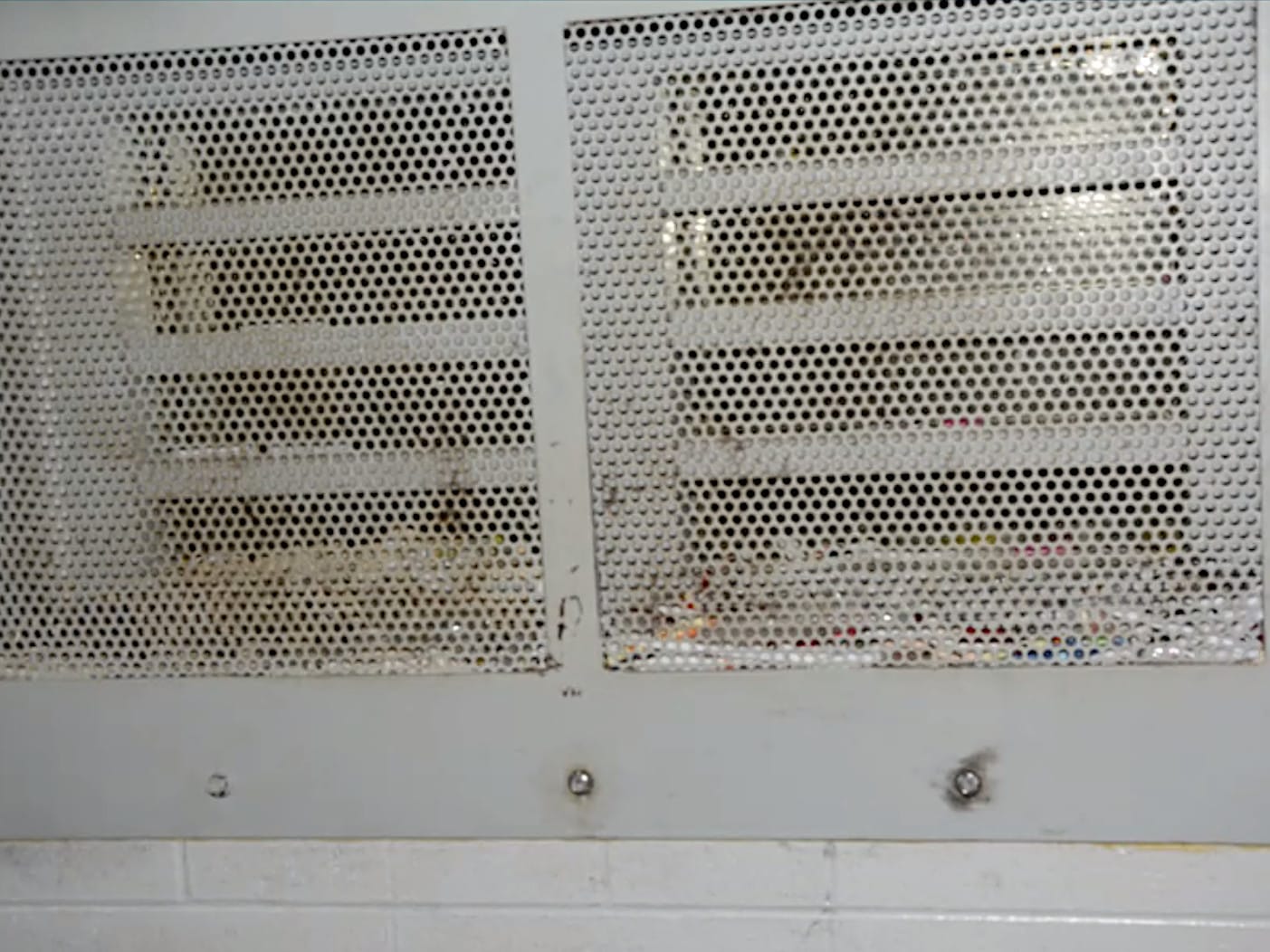
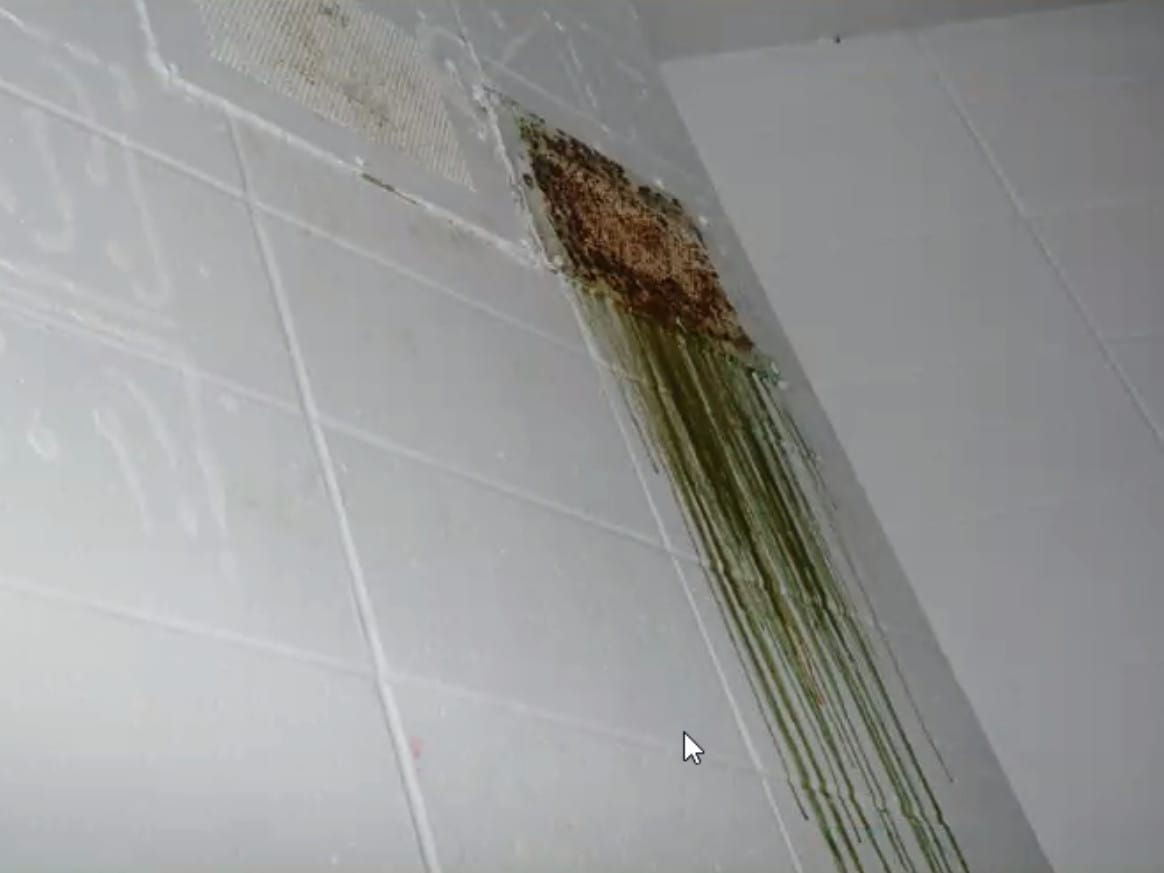
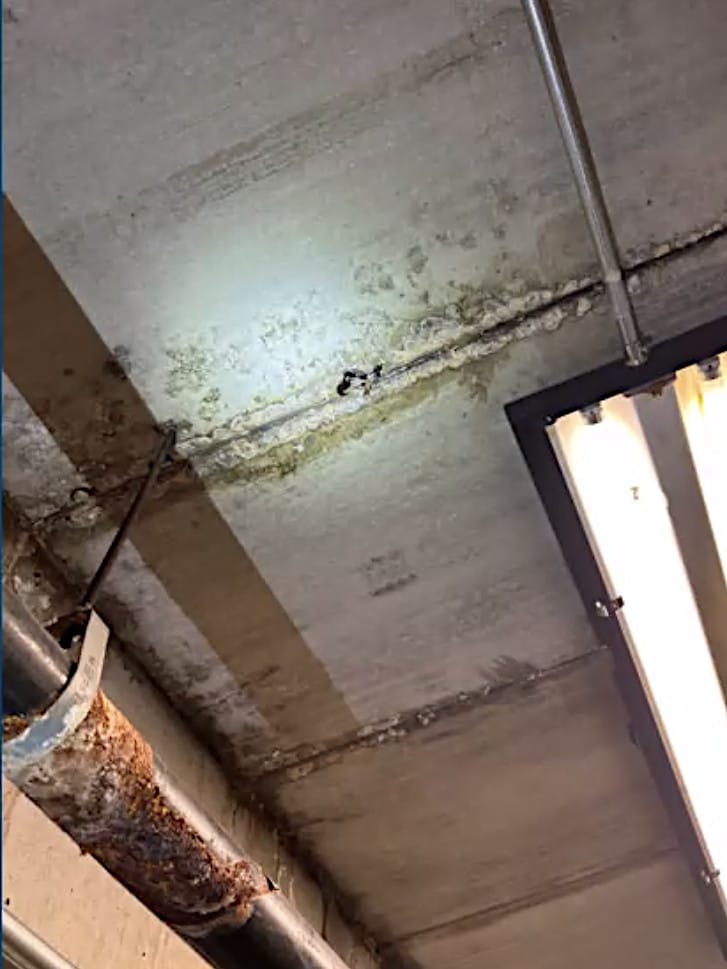
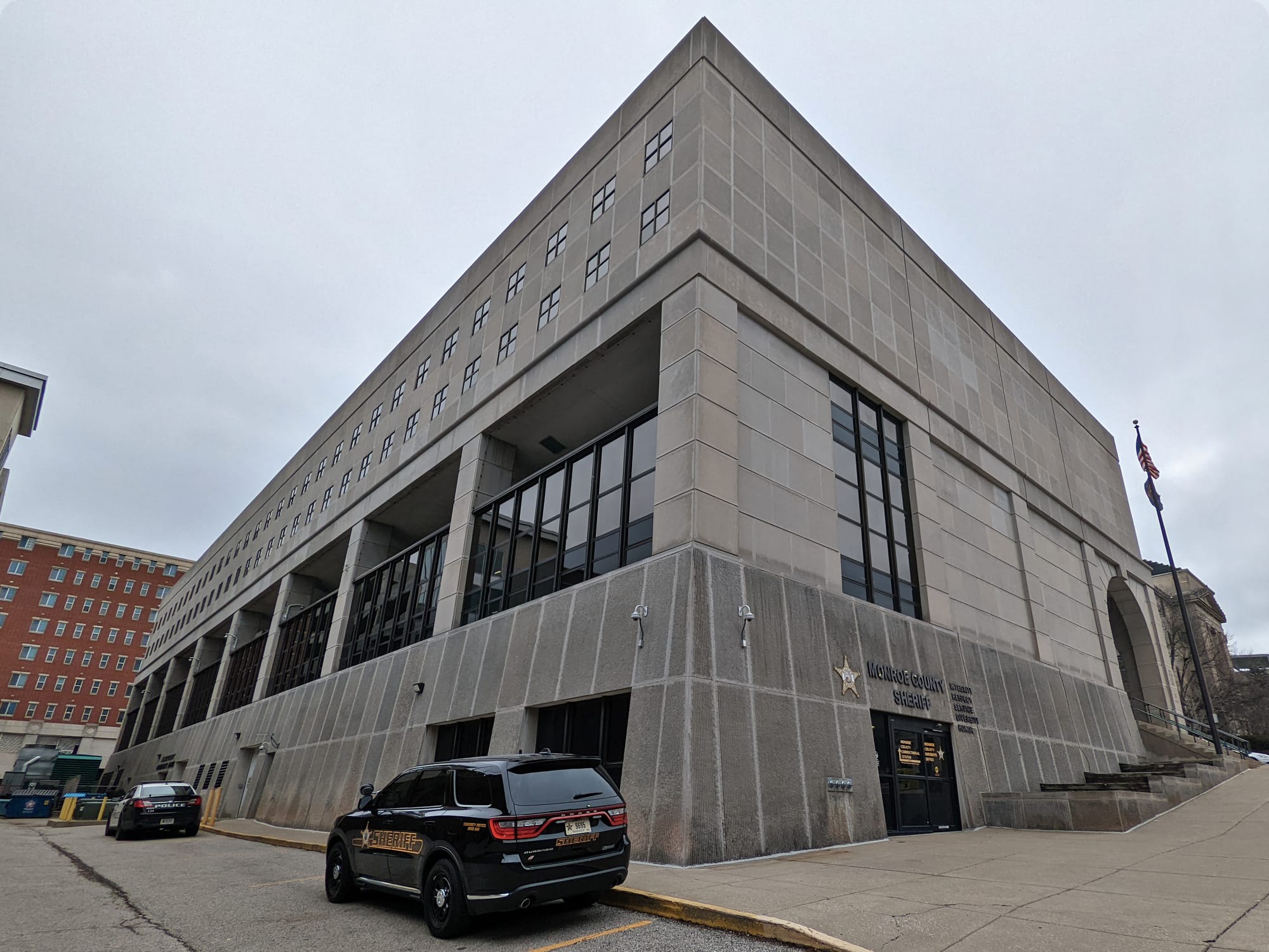
At a meeting of the community justice response committee (CJRC) 10 days ago, Monroe County sheriff Ruben Marté and his executive team presented slides showing conditions at the jail, which confronted them when Marté was sworn into office at the start of the year.
A kind of counterpoint to Marté’s presentation came at the Wednesday morning meeting of the county commissioners.
Their regular meeting was followed by a work session, which also addressed the topic of jail maintenance.
At the work session, the county’s fleet and building manager, Richard Crider, briefed commissioners on various maintenance efforts that are underway, involving: the roof and water leaks; ventilation; plumbing; lighting; and showers.
That came after the regular meeting, when commissioners approved a $129,777 item to cover an agreement with Insulated Roofing Contractors (IRC) to scan, clean, and recoat the justice building roof.
Connected with that item was a $63,750 item to shut down, remove, and stage the roof’s solar panels on another section of the roof, until the new roof coating is applied.
About maintenance efforts, Crider said, “This process is active—it’s ongoing.”
Commissioner Julie Thomas stressed the idea that while the specific maintenance activities that Crider described would address the conditions presented by Marté, the maintenance was already in the works—not a reaction to the slide presentation.
Thomas said, “To the public, it may seem like we’re responding to what we’re presented with at the CJRC meeting. And in a sense we are—but this work is ongoing, this work never stops, this work has been going on for quite some time.”
There has been a lot of wear and tear on the building, Thomas said, and it needs a lot of work all the time.”
Angie Purdy, who is the administrator for the board of county commissioners, praised the work of Crider and the county’s contractor for jail building maintenance—David Gardner with ASI Facilities Services. Purdy said Crider and Gardner “did feel very much like they were attacked” by the sheriff’s presentation at the CJRC meeting 10 days ago.
At the start of Wednesday’s regular meeting, chief deputy sheriff Phil Parker gave commissioners an update on the cleaning efforts. “The cleaning and sanitation of the jail is moving along nicely,” Parker said. He added, “ I’d say we’re ahead of schedule on what we’re trying to accomplish.”
Parker also said he thinks the costs involved for some of the projects “are going to be a lot more palatable than most people think,” but indicated some caution about that conclusion, because he did not have all the numbers back.
At the work session, Crider described a range of projects that did not seem to have huge price figures attached to them.
The roof work, which commissioners approved at their regular meeting, dates from an insurance claim related to hail damage. Crider described the roof like this: “There’s damage to the cap sheet, multiple areas where rainwater ponds and enters through cracks in the cap sheet.”
The water leaks into an area above the laundry room, Crider said. The laundry room leaks were highlighted in one of the sheriff’s slides presented at the CJRC meeting. The leak above the laundry room will require an additional project to remove the cracked roofing material, and to rebuild the area with an increased slope towards the nearby roof drains. The estimate for that work is expected soon, Crider said.
In the meantime, Crider said, leak diverters will be installed above the laundry equipment to funnel the dripping rainwater to a nearby drain.
Related to the laundry area, Crider said he is working on solutions for leaks in the plumbing lines. Crider said the laundry machine manufacturer’s recommendation is to remove the existing cast iron drain pipes—because they’re too small—and to replace them with PVC pipes. Crider reported that the estimate for that work is $1,680.
About the 26 roof fans, Crider said many of them need some attention. Those are the fans that provide exhaust for restrooms and kitchen area. Crider said he is weighing whether to replace all the fans or just replace a targeted subset. An old quote for that work was $3,000 to $5,000 per unit or $68,200 to replace all of them—but that quote has expired, Crider said. He expects to get an updated quote soon.
Crider described the jail showers as having a poured epoxy type floor that covers the base and extends a few inches up the edges of the walls. That epoxy can peel away from the wall, which lets water through, causing leaks to the floors underneath, when “the trapped water finds an exit other than the shower drain,” Crider said.
About 24 showers have a problem with epoxy peeling away from the walls. Eight years ago, in 2015, the cost to have the shower floors poured with new epoxy was $51,950, Crider said. But he’s found a company that can reattach the existing epoxy coating to the walls and put a patch at the base of the shower, for $650 per shower.
One of the more dramatic parts from the CJRC presentation showed the debris that has accumulated over the years between the steel window screens and the windows. It’s impossible to clean out unless the entire steel plate cover is removed. Marté’s team brought a big sealed clear plastic evidence bag filled with the debris from one window to show the CJRC at last week’s meeting.
At Wednesday’s work session, Crider said that David Gardner, with ASI Facilities Services, has been working with fabricators to create a tamper-proof access cover that will allow routine removal of the debris. The price for 125 covers is $8,437.50, Crider said.
One of the slides presented at the CJRC’s meeting last week involved a pitcher of water sitting outside a jail cell. It was there to provide the inmates in the cell with water. At Wednesday’s work session, Crider said that situation arises not because the water supply to the cell is broken, but rather because sometimes inmates “want to play with the water in their cells.”
That can cause really serious flooding problems, Crider said. That can lead to a decision to turn off the running water in a cell. But a pitcher is set up, so that guards can give them water on request, Crider said. Commissioner Penny Githens asked for and received confirmation from Crider about the quality of the water, which looked in the slide to be discolored: “And that water that is provided is clean, potable water, not nasty and dirty?”
Commissioner Julie Thomas indicated that it’s not maintenance staff that make a decision about turning off the water in a cell. It’s the jail commander who makes the decision, as a disciplinary response.




Comments ()